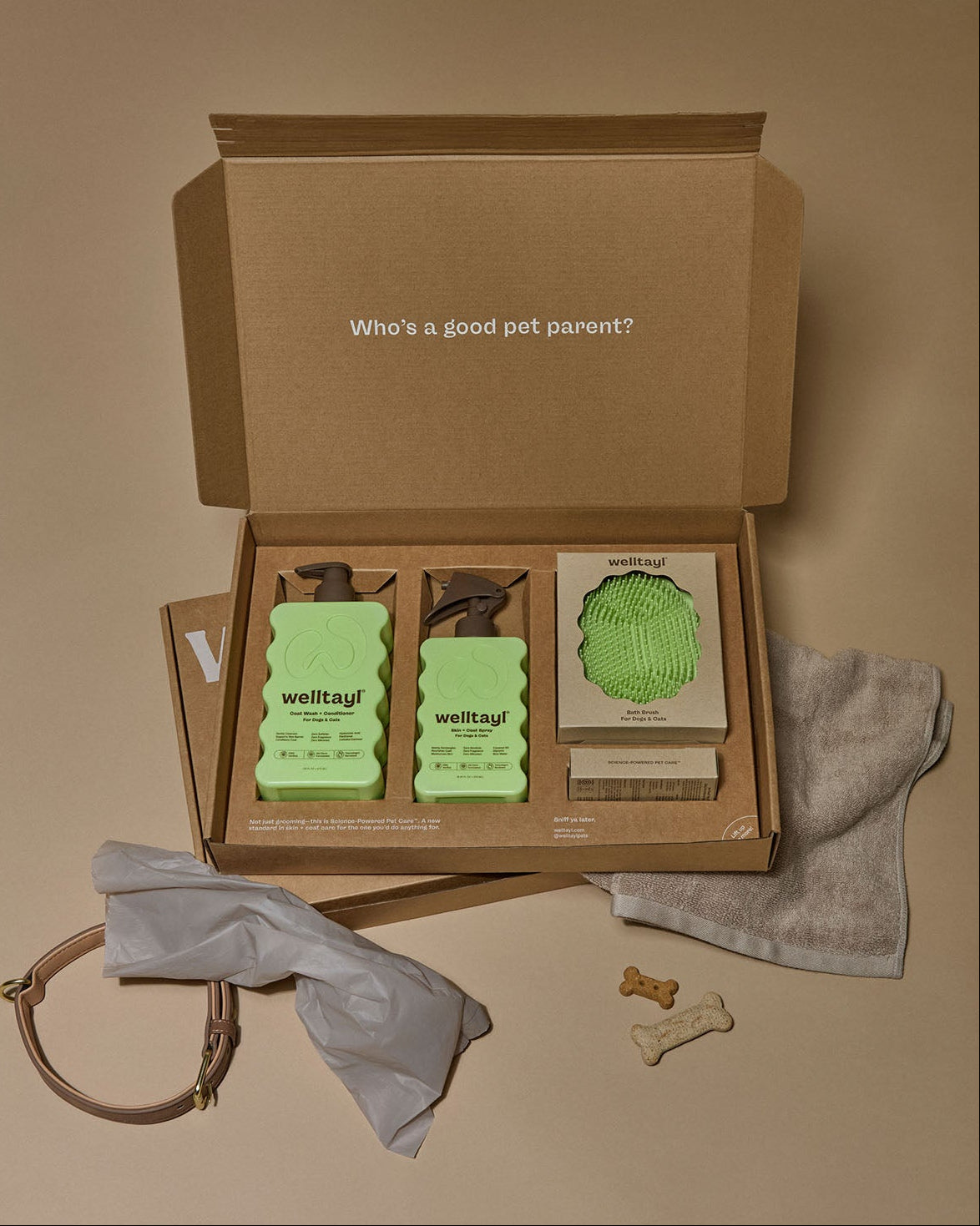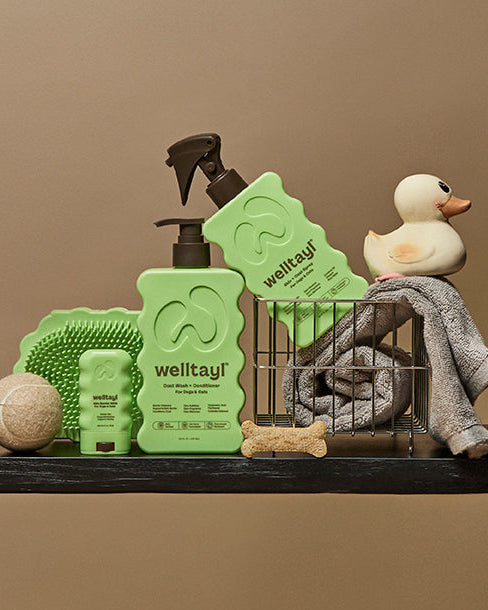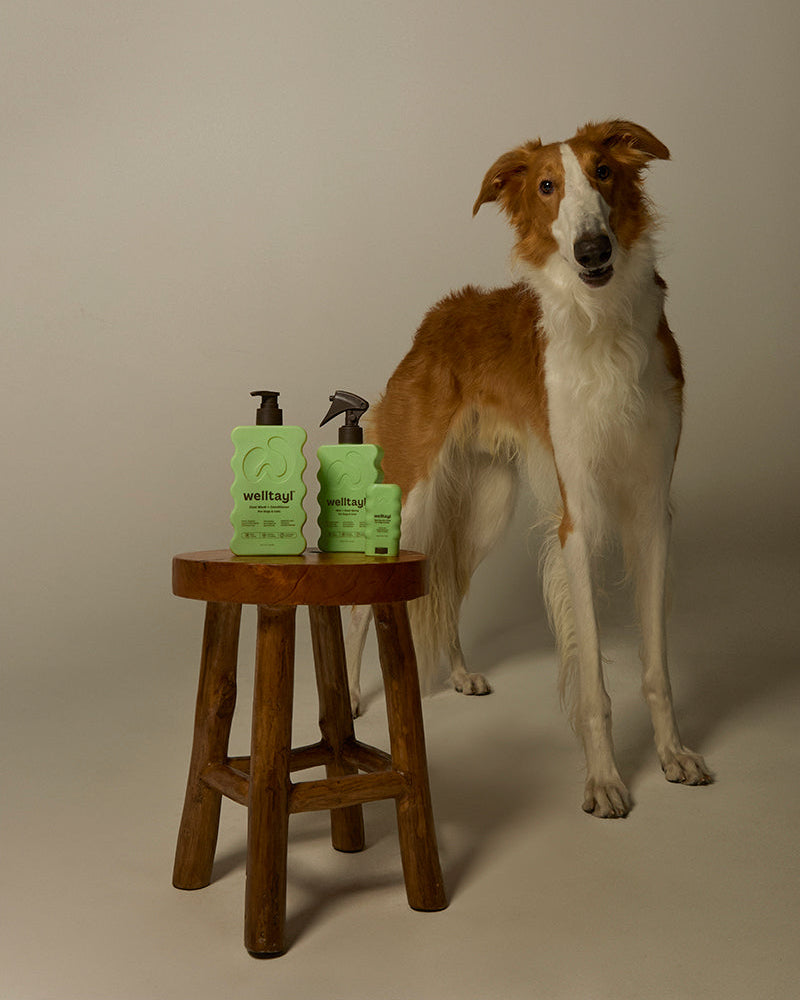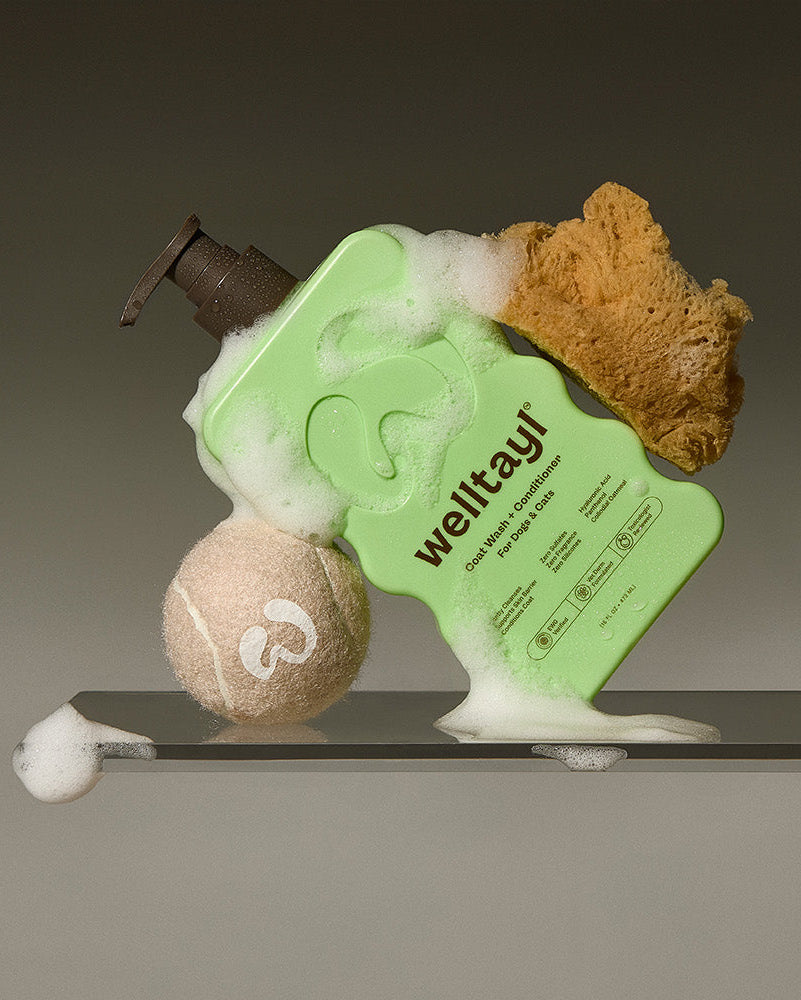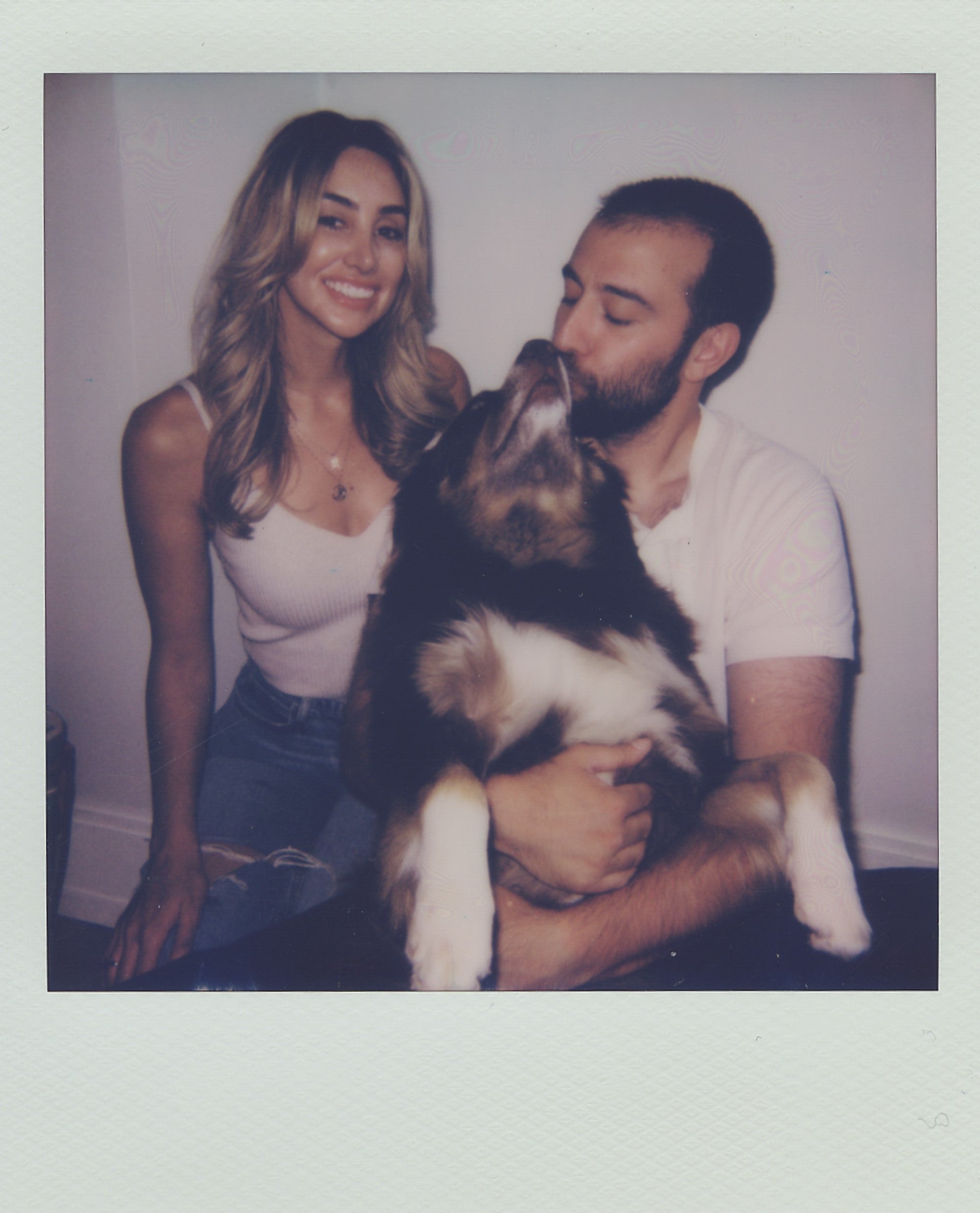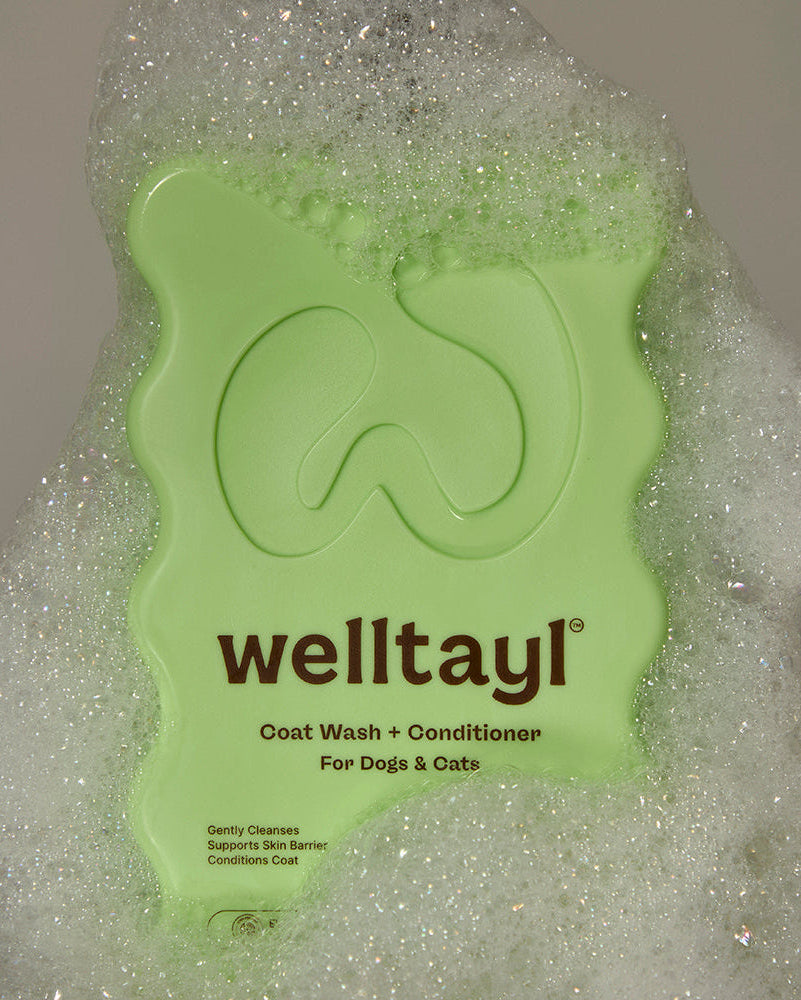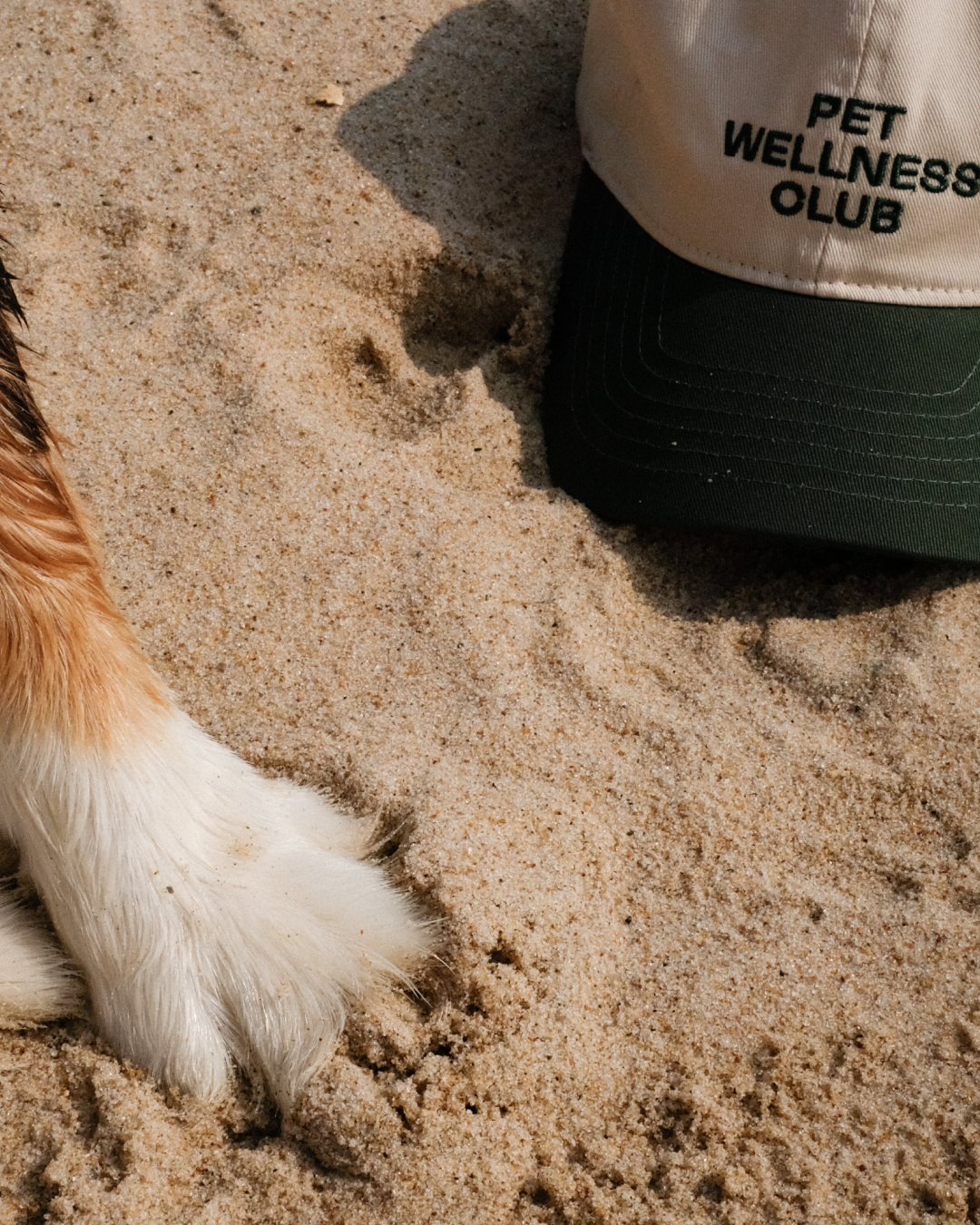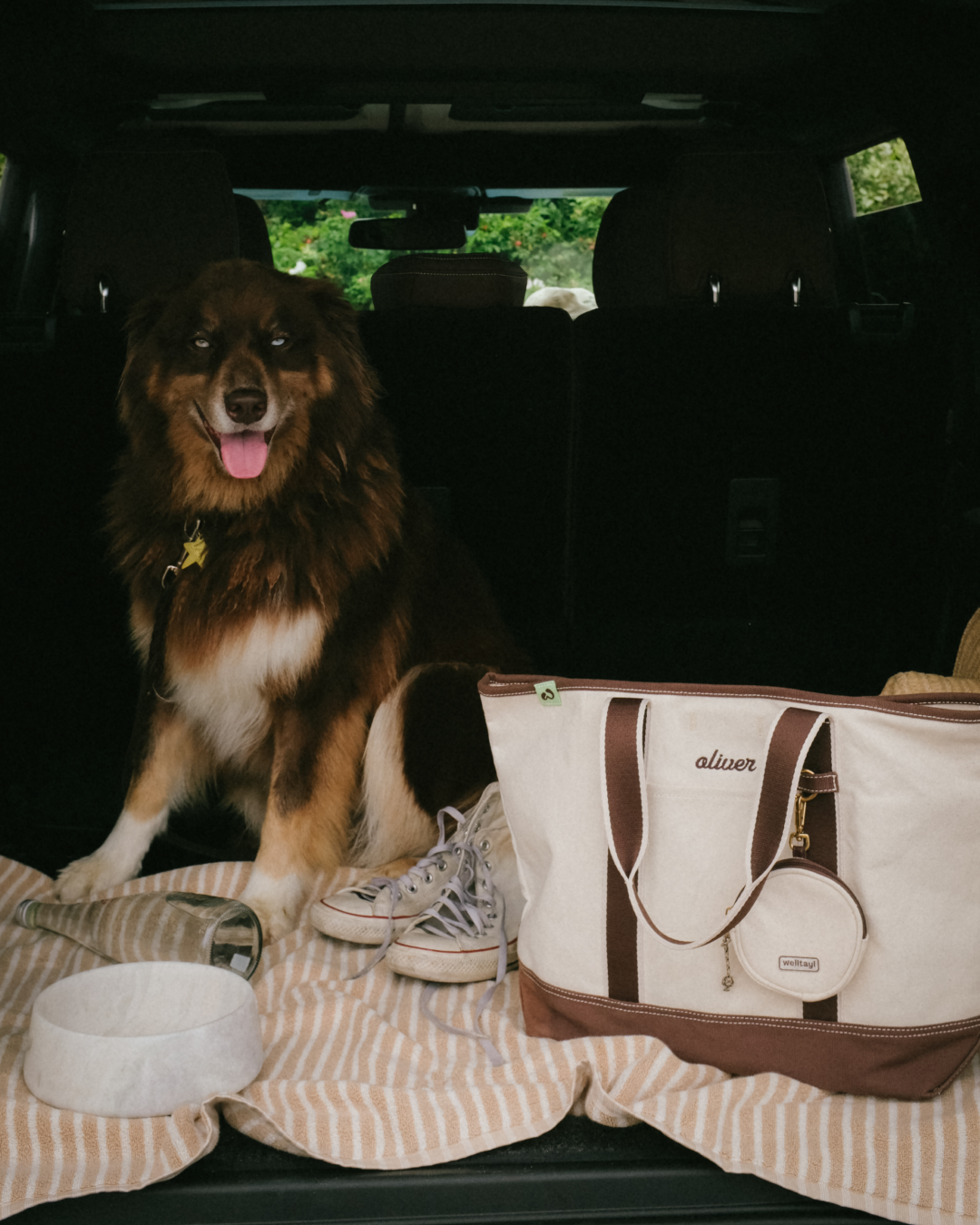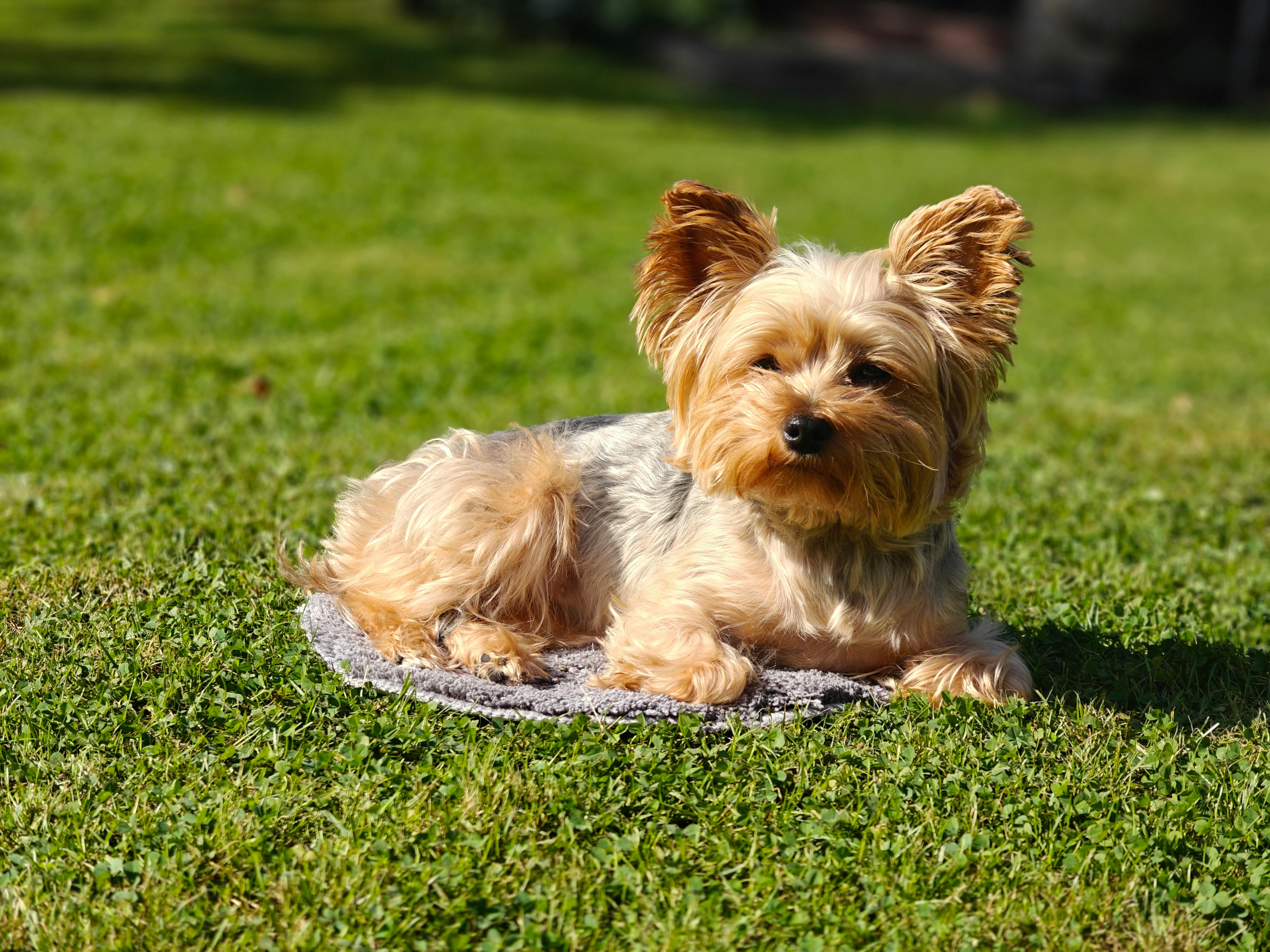As soon as summer is here, and while you're planning beach trips and barbecues, don't forget about your dog's needs. Dogs love the sunshine, but the hot weather can be tough on them. From overheating to burnt paws, it's crucial to keep an eye on their well-being.
Imagine taking your dog for a walk on a scorching day. The pavement feels like a frying pan, and your pup's paws are at risk. Or think about those fun beach days—your dog needs shade and water just as much as you do.
Table of Contents:
- Key Takeaways
- Keeping Dogs Cool In The Summer
- Recognizing And Preventing Heatstroke
- Summer Safety Tips
- Conclusion
- Frequently Asked Questions
Key Takeaways
- 💦 Provide Shade and Fresh Water: Ensure your dog has access to shady areas and cool, fresh water to stay hydrated and avoid heatstroke.
- 🐕 Adjust Walking Routines: Walk your dog during cooler parts of the day, such as early morning or evening, to prevent paw burns from hot surfaces.
- 🧴Use Dog-Friendly Sunscreen: Apply sunscreen specifically formulated for dogs on exposed areas like the nose and ears to protect them from sunburn.
- ❄️ Circulate Cool Air: Use fans or air conditioning to maintain a comfortable indoor temperature and ensure proper ventilation.
- 💢 Recognize Heatstroke Signs: Be vigilant in monitoring for symptoms such as excessive panting, drooling, red gums, lethargy, collapse and vomiting. Act quickly to cool down and hydrate your dog, and contact your veterinarian for active recommendations based on your individual dog’s symptoms.
- 🚗 Avoid Hot Pavement and Cars: Protect your dog's paws from hot pavement burns and never leave them unattended in a hot vehicle to prevent fatal heatstroke.

Keeping Dogs Cool In The Summer
During summer, your dog's comfort and safety need special attention. Implementing the following strategies ensures they stay cool and happy.
Providing Shade And Fresh Water
- Shade: Ensure your dog has access to shady spots indoors and outdoors. These areas help them escape direct sunlight and heat.
- Fresh Water: Place multiple bowls of fresh, cool water around the house and in outdoor areas. Adding ice cubes helps keep the water cool.
Adjusting Walking Routines
- Cooler Times: Walk your dog during the cooler parts of the day, like early morning or evening. This reduces the risk of heatstroke and prevents paw burns.
- Pavement Check: Use the "hand test" to check if the pavement is too hot. If it's too hot for your hand, it's too hot for your dog's paws.
Using Dog-Friendly Sun Protection
- Sensitive Areas: Apply dog-friendly sun protection to areas with less fur, such as the nose, ears, and belly. This prevents sunburn and skin damage.
- Approved Products: Use only sun protection products labeled specifically for dogs to ensure your dog's safety.
Circulating Cool Air
- Fans And AC: Utilize fans or air conditioning to circulate cool air indoors. This helps maintain a comfortable temperature. Fans can also be considered outdoors.
- Ventilation: Ensure rooms are well-ventilated to prevent stuffiness, which can increase heat.
Ensuring Hydration
- Moisture-Rich Foods: Incorporate moisture-rich foods like watermelon and cucumber into your dog's diet. These help keep them hydrated.
- Frequent Drinks: Encourage your dog to drink water frequently, especially after exercise or time spent outside.
By following these tips, you can effectively keep your dog cool and comfortable during the summer months.
Recognizing And Preventing Heatstroke
Dogs are vulnerable to heatstroke, especially in the summer. Recognize the signs and take preventive measures to keep your pet safe.
Signs Of Heatstroke
Recognizing heatstroke early is critical for your dog's health. Common signs include:
- Excessive Panting: Rapid and heavy breathing can indicate overheating.
- Red or Pale Gums: Check your dog's gums for unusual color changes.
- Lethargy: Extreme tiredness or unwillingness to move.
- Vomiting: If your dog vomits, it could be due to excessive heat.
- Dizziness: Stumbling or uncoordinated movements suggest severe overheating.
If you recognize any change in behavior, act on these four tips:
- Move to a Cool Area: Take your dog to a shaded or air-conditioned space.
- Provide Water: Let your dog drink small amounts of cool water.
- Cool Down Gradually: Use wet towels or cool (not cold) water to lower their body temperature.
- Seek Veterinary Help: Contact your vet immediately for further instructions.
Preventing Heatstroke
To prevent heatstroke in dogs, follow several precautions, especially during summer:
- Limit Activity to Cooler Times: Walk your dog in the morning or evening when it's cooler to avoid the hottest part of the day. This reduces the risk of heatstroke and prevents paw burns.
- Provide Shade and Water: Ensure your dog always has access to shade and fresh drinking water. This helps them stay cool and hydrated.
- Avoid Hot Surfaces: Check the pavement temperature before walking your dog. If it's too hot for your hand, it's too hot for their paws.
- Avoid Leaving Dogs in Hot Cars: Never leave your dog in a car, even for a short period, as temperatures can rise rapidly and be fatal.
- Monitor Weather Conditions: Keep an eye on the weather forecast and avoid strenuous exercise during the hottest parts of the day or in high humidity.
For more information on your dog and tips on keeping your dog not only safe but healthy, join the Welltayl newsletter! It’s easy and full of vet-approved knowledge and useful advice for dog lovers like you.

Summer Safety Tips
Summer brings heat and potential hazards for your dog. Implementing these safety measures ensures they stay comfortable and secure.
Avoiding Hot Pavement
Hot pavement can severely burn your dog's paws. Take these precautions:
- Check the Temperature: Use the 5-second test by pressing your hand on the pavement. If it's too hot for you, it's too hot for your dog.
- Walk at Cooler Times: Schedule walks in the morning or evening when the ground is cooler to protect your dog's paws.
- Signs of Burned Pads: Watch for limping, refusal to walk, licking or chewing at feet, darker pads, missing parts of pads, blisters, or redness.
Never Leave Your Dog In The Car
Leaving your dog in a car can be fatal. Temperatures rise rapidly inside vehicles, even on mildly warm days. Always take your dog with you or leave them at home if you need to run errands.
Regular Grooming
Regular grooming helps keep your dog cool. Trim their coat to a manageable length and brush it frequently to remove excess fur. Consult a professional groomer about the best style for your dog's breed to ensure effectiveness without risking sunburn.
Conclusion
By taking a few extra precautions, you can ensure your dog enjoys a safe and comfortable summer. Stay vigilant about potential hazards, adjust routines to cooler parts of the day, and keep a close eye on your dog's behavior. Remember that your furry friend relies on you to make smart choices for their well-being. With the right care and attention, both you and your dog can fully enjoy all the fun that summer has to offer.
Stay Updated with More Pet Knowledge!
For more pet info and knowledge, consider signing up for the Welltayl newsletter. It's packed with helpful advice tailored for dog owners like you, ensuring your furry friends stay healthy and happy. Sign up today and keep up to date with the latest in pet care.
Frequently Asked Questions
How can I protect my dog's paws from hot pavement?
To protect your dog's paws from hot pavement, avoid walking during peak heat times. Use the 5-second test: if you can't hold your palm on the pavement for 5 seconds, it's too hot for your dog's paws. Paw wax or dog booties can also offer additional protection.
What are the signs of heatstroke in dogs?
Signs of heatstroke in dogs include excessive panting, red or pale gums, lethargy, vomiting, dizziness, and collapse. If you observe these symptoms, move your dog to a cooler area, provide water, and seek veterinary assistance immediately.
Can dogs stay outside during hot summer days?
Dogs can stay outside during hot summer days for a limited time, and only if they have access to shade and fresh water. It’s crucial to limit their time outside during peak heat to prevent overheating and heatstroke. Always monitor weather conditions and avoid prolonged exposure to high temperatures.
What is the best time to walk my dog in the summer?
The best time to walk your dog in the summer is early morning or late evening when temperatures are cooler. Avoid midday walks when the sun is at its peak to prevent overheating and to protect your dog's paws from hot surfaces.
Should I trim my dog's coat in the summer?
Yes, regular grooming and trimming can help keep your dog cool in the summer. However, avoid shaving their coat too short, as it provides protection from sunburn. Consult a professional groomer to find the best style suited for your dog's breed.
How can I cool down my dog during hot weather?
To cool down your dog, provide plenty of fresh water and access to shaded areas. Use fans or air conditioning to circulate cool air. Incorporate moisture-rich foods into their diet, and consider using dog-friendly sunscreen on sensitive areas during time outside.
Is it safe to leave my dog in the car during summer?
No, it is not safe to leave your dog in the car during summer, even for a short period. Cars can quickly become dangerously hot, leading to fatal overheating. Always take your dog with you or leave them at home in a cool, safe environment.
What foods can help keep my dog hydrated in the summer?
Moisture-rich foods, such as fresh fruits and vegetables like watermelon and cucumbers, can help keep your dog hydrated. Always ensure these foods are safe for dogs and offered in moderation as part of a balanced diet.
Resources:
- “Headstroke in dogs," PubMed Central
- “Cooling methods for dogs with heatstroke," PubMed Central
- “Sunscreen for dogs," PubMed
- “Hydration for dogs in heats," PubMed
- "Sunburn in dogs," VIN
Read more
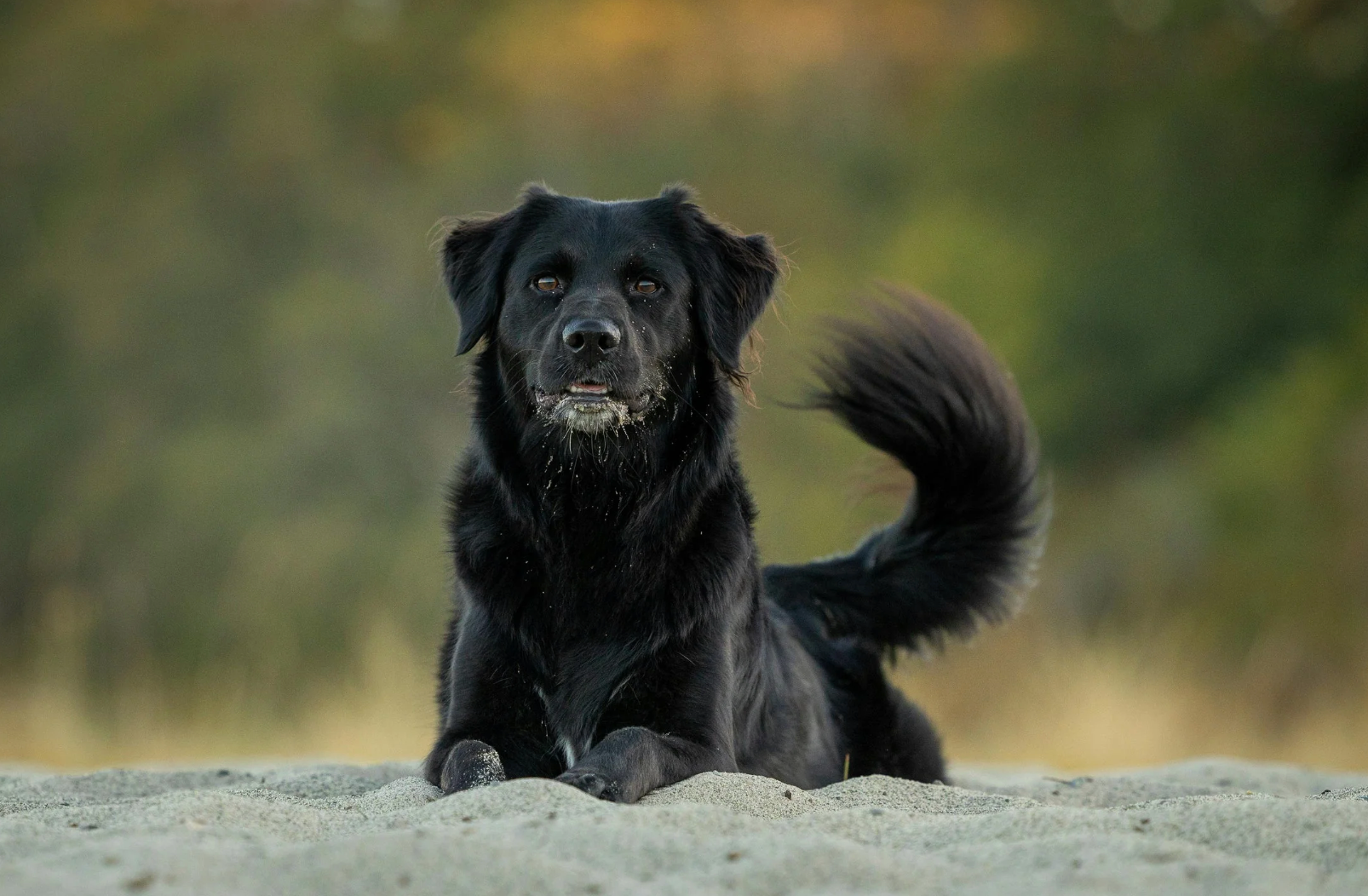
Discover safe and easy no-water cleaning tips for your dog. Learn how to use dry bath shampoo to keep your pet fresh and clean without the hassle.
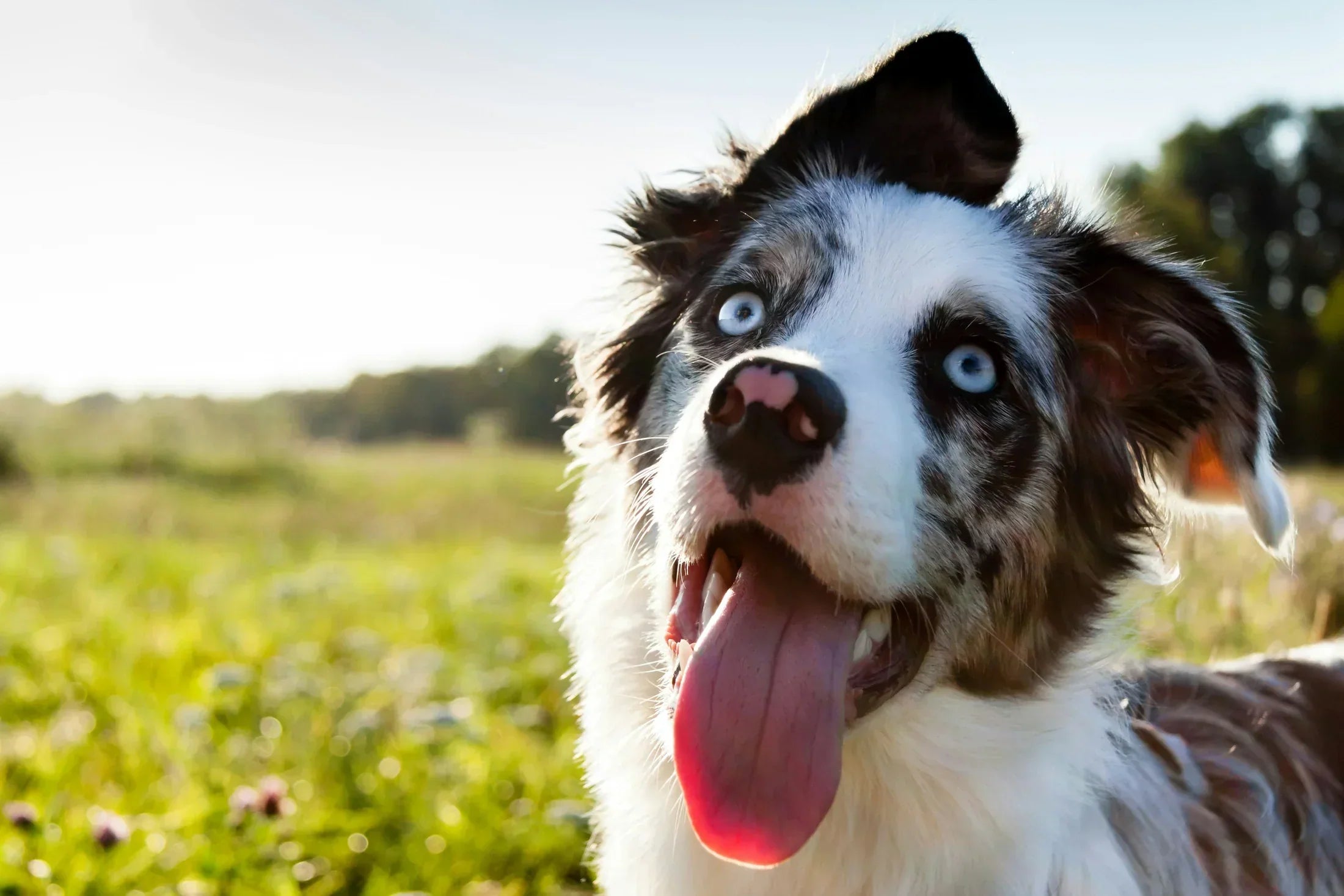
Keep your dog safe in the heat with these essential tips. Learn how to prevent heatstroke, recognize symptoms, and provide proper care. Read more!

